Banana Fibre is extracted from Banana tree trunk. white portion which will be processed into knotted fibres. Each fibre is separated according to fiber sizes and grouped accordingly.

Banana Fibre is extracted from Banana tree trunk. white portion which will be processed into knotted fibres. Each fibre is separated according to fiber sizes and grouped accordingly.

Jute is the second most important vegetable fiber after cotton due to its versatility. The fibers are also woven into curtains, chair coverings, carpets, area rugs, hessian cloth, and backing for linoleum.
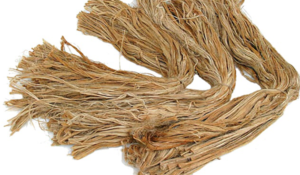
Sisal fibre is derived from the leaves of the plant. Leaf is crushed between rollers and then scraped, the fibre is then washed and dried by mechanical or natural means. Once it is dried the fibre is mechanically double brushed.
The lustrous strands, usually creamy white, average from 80 to 120 cm in length is 90 UGG 3 L and 0.2 to 0.4 mm in diameter.
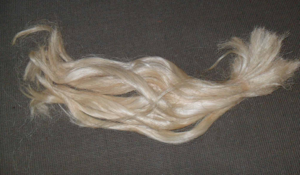
Sann (Crotalaria juncea), also called sann hemp or Indian hemp, annual plant of the pea family (Fabaceae). The fibre is made into cordage, fishing nets, sacking fabrics, canvas, and rug yarns and is used to manufacture such paper products as cigarette and tissue papers.
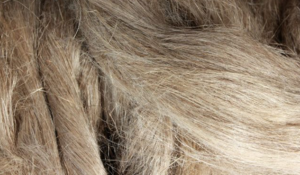
Kenaf Hibiscus cannabinus, is a plant in the Malvaceae family also called Deccan hemp and Java jute.The name also applies to the fibre obtained from this plant. Kenaf is one of the allied fibres of jute and shows similar characteristics.
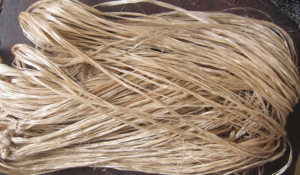
Coir or coconut fibre, is a naturalfibre extracted from the husk of coconut and used in products such as floor mats, doormats, brushes, and mattresses.Other uses of brown coir (made from ripe coconut) are in upholstery padding, sacking and horticulture.
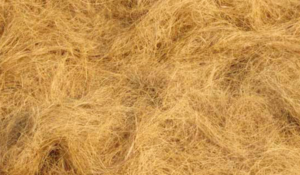
Piña is afiber made from the leaves of a pineapple plant and is commonly used in the Philippines. It is sometimes combined with silk or polyester to create a textile fabric.
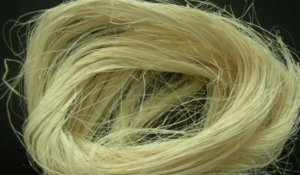
Bamboo yarns and fibers is textile applications and Bamboo fabrics are made from pure bamboo fiber yarns which have excellent wet permeability, moisture vapor transmission property, soft hand, better drape, easy dying, splendid colors. It is a newly founded, great prospective green fabric.
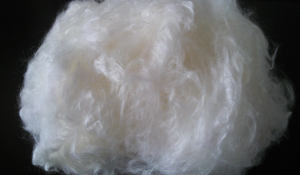
Flax Linum usitatissimum, is a member of the genus Linum in the family Linaceae. It is a food and fiber crop cultivated in cooler regions of the world. The textiles made from flax are known in the Western countries as linen, and traditionally used for bed sheets, underclothes, and table linen.
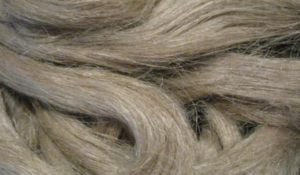
Ramie is one of the oldest fiber crops and it is principally used for fabric production. It is a bast fiber, and Ramie fiber is known especially for its ability to hold shape, reduce wrinkling, and introduce a silky lustre to the fabric appearance. It is not as durable as otherfibers, and so is usually used as a blend with otherfibers such as cotton or wool.
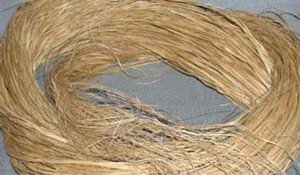
Natural Fibers composites are considered to have potential use as reinforcing material in polymer matrix composites because of their good strength, stiffness, low cost, environmental friendly and biodegradable.Here, areca fiber is used as new natural fiber reinforcement and epoxy resin as matrix.
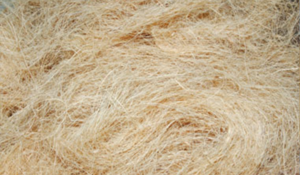
Sugar cane is a potential source of large amounts of natural fibres which has not yet been adequately exploited. A simple physical method was devised to separate the fibres and the fines/pith from various locations in the plant to yield nine components. The yield of fibres obtained was greatest from the leaves.
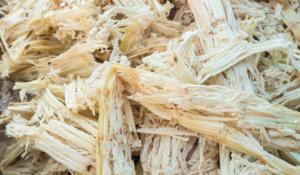
Kapok (Ceiba pentandra) The word kapok refers both to the tree and to the fibre it produces, which is also known as silk cotton or Java cotton. The hair-like fibres that surround the kapok seeds are best used as a stuffing, where they have several advantages over more commonly used materials.
